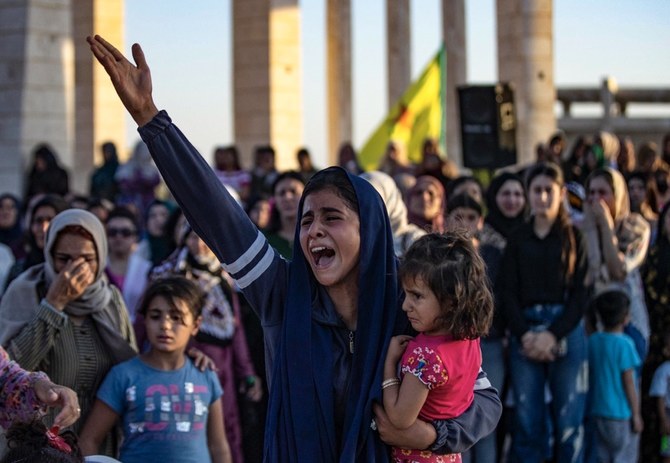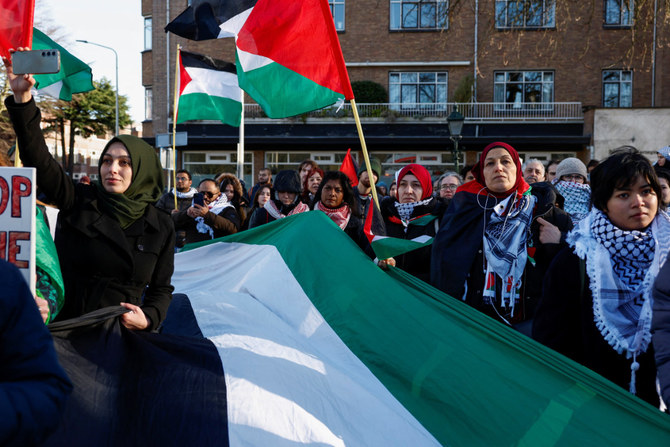
he second world war ended – as we all know – 75 years ago. Many things have happened since then, yet the war retains an unending fascination for politicians and for makers of big-budget cinema. Since films aren’t made by accident, there’s a reason for the many, costly movies about events that happened long ago. War movies aren’t historical documents, but signs of our current times. Saving Private Ryan (1998) persuaded us that Americans fight wars justly, and with a moral conscience. The mega-budget Pearl Harbor (2001) suited the aspirations of the Project for the New American Century. Dunkirk (2017) celebrated Britain going it alone, gamely and successfully improvising her European exit.
In Russia, however, things are very different. In 1985, the director Elim Klimov made that rare thing, a genuinely anti-war movie: Come and See. But such things are rare. What do the current generation of Russian war films have to tell us? I sat down to watch as many as I could. Most stand in the shadow of Klimov’s film and detest war. But they did so with widely different budgets, and in different ways.
Fortress of War (2010)
The first film I saw was one of the grandest. With a massive cast, Alexander Kott depicts the defence of a fortress in Belarus, impeding the Nazi advance for nine days. As in the other films I saw, scenes of idyll are inevitably followed by a surprise attack with shells, mortars, Panzer tanks. A fifth column infiltrates the fort and spreads confusion. Heroism, tragedy and mass murder by bomb and flamethrower ensue. There are many powerful moments. Surrendering troops encounter a Goebbels-esque Nazi officer calling: “Commissars, Jews, communists – this way …” Exhausted and outraged, Commissar Fomin (Pavel Derevyanko) declares himself to be all three. This is a rare bird, an epic, complex, intelligent war picture, with the production values and complexity of The Bridge on the River Kwai.
White Tiger (2012)
Directed by Karen Shakhnazarov, this is minimalist by comparison: the story of a tank driver who miraculously survives horrific burns and becomes … the Tank Whisperer. Aleksey Vertkov plays the Whisperer, leading a small armoured company against a ghostly and invulnerable German mega-tank, the Tiger. There are Boy’s Own Paper tank battles, a tank showdown in a muddy ghost town, and the strangest ending. The war is won, but the Tank Whisperer will have none of it: still working on his tank, he insists the White Tiger will be back, 50 or 100 years from now. Here Shakhnazarov shifts to a Philip K Dickian alternate reality, in which Hitler, having survived the war, relaxes in a fire-lit mansion, planning his next move.
Stalingrad (2013)
At $30m, this is the most expensive of these films, and it made a decent profit at home and abroad. As with American cinema, giganticism does not equal good, and it’s difficult to appreciate this 3D extravaganza on a small screen. It would probably be difficult to enjoy it on the Imax screen, too, as the exaggerated demands of 3D (heroic infantry charging the camera while they are on fire) give Stalingrad all the depth and gravitas of Pearl Harbor.
The Battle for Sevastopol (2015)
Another film suffering from giganticism, as well as a lack of faith in its subject: this is really the biopic of Soviet sniper Ludmilla Pavlichenko. Pavlichenko is played by Yuliya Peresild, a beautiful, enigmatic and not very interesting actor – although admittedly the script gives her little to work with. The real Pavlichenko had a son before she became a solider and was, you suspect, less of a comic-book character. The film attempts to deal with the moral problem of sniperdom, but is burdened by a fudgy flashback-within-a-flashback structure, and some truly terrible acting (Russians playing Americans) when Pavlichenko goes on a PR tour of the US. It would be good to see a linear recut of the film, dropping the pop songs that accompany the battles and ditching most of the American scenes.
Road to Berlin (2015)
In a small corner of the war, a 20-year-old lieutenant from the Caucasus is sentenced to death for cowardice: he failed to deliver dispatches when caught in the inevitable Panzer onslaught. His guard, a 22-year-old Kazakh, saves him from the Nazis but remains determined to turn him in to the proper authorities. A modest story with good characters and some charm.
Panfilov’s 28 Men (2016)
This ditches characters and charm in favour of multiple references to Seven Samurai, and non-stop tank action. The result is, well, thrilling: tank battles and some magnificent widescreen camerawork, including the best “moonlit” cinematography I’ve seen.
Indestructible AKA Tankers (2018)
Also about tank battles, but I can remember little of it, other than that there were lots of tanks.
To sum up: the bigger-budget Russian films tend to adopt the contemporary action strategies of western films, with washed-out, high-contrast flashbacks, speeded-up action, moments of slow motion, extremes of sound design. What are we being told? That Russians are survivors. Tough but human. Multiethnic: the Irishman, the Italian and the Jew in a Hollywood GI foxhole become the Caucasian, the Kazakh and the Jew in a MosFilm trench. And there are always women and children present – because the Russians are fighting on Russian soil.
Above all, the message is one of ever-present danger. Alliances with militarily powerful states exist only until they are broken. Then the shells and aircraft and Panzers come. There are no sympathetic Germans here: in Fortress, the sound of a German voice inevitably presages horror. But the message is not simply Germans = bad. The enemy are usually identified as Nazis; Nazis must be exterminated. Hitler remarks at the end of White Tiger that the long-term western project, which he was only trying to carry out, was to destroy the Russians.
I don’t know that this is so. I think the fact that I can write this, and watch these movies, shows that anti-Russian sentiment is not universal, that an anti-Russian project has not, as yet, taken total hold of our national narrative. One of the best ways to get to know a country – a place you may never visit, especially in plague years – is by studying its films. The characters may speak another language, but cinema lingo is universal, and there is a lot to be learned.












